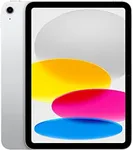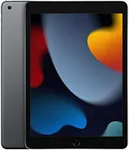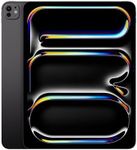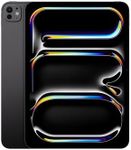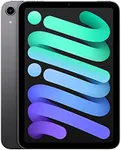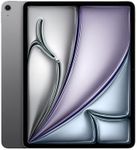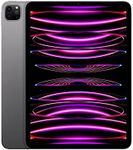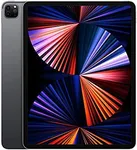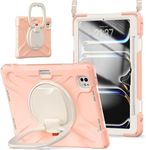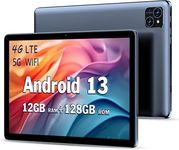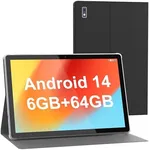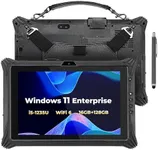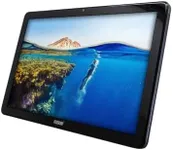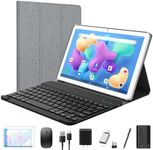Buying Guide for the Best iPad Generations
Choosing the right iPad generation can be a bit overwhelming given the variety of models available. The key to making the best choice is to understand your specific needs and how different iPad generations cater to those needs. Whether you are looking for an iPad for casual use, professional work, or creative projects, knowing the key specifications and what they mean can help you make an informed decision.Display SizeThe display size of an iPad is measured diagonally in inches and determines how large the screen is. This is important because it affects how comfortable the device is to use for different tasks. Smaller screens (around 7.9 to 10.2 inches) are more portable and easier to handle, making them ideal for casual use, reading, or travel. Medium screens (10.5 to 11 inches) offer a balance between portability and screen real estate, suitable for both casual and some professional use. Larger screens (12.9 inches) provide ample space for multitasking, drawing, and professional work, but they are less portable.
ProcessorThe processor, or chip, in an iPad determines how fast and efficiently it can run apps and perform tasks. This is crucial for users who need to run demanding applications or multitask. Older generations may have A-series chips (like A10 or A12), which are sufficient for basic tasks like browsing, streaming, and light gaming. Newer generations feature more powerful chips (like A14, A15, or M1), which are better suited for intensive tasks such as video editing, graphic design, and running multiple apps simultaneously. Choose a processor based on the complexity of the tasks you plan to perform.
Storage CapacityStorage capacity refers to the amount of internal space available for apps, photos, videos, and other data. This is important because it affects how much content you can store on your iPad without needing external storage. iPads typically come with storage options ranging from 32GB to 1TB. For casual users who mainly stream content and use cloud storage, 32GB to 64GB may be sufficient. For users who store a lot of media or use large apps, 128GB to 256GB is a better choice. Professionals and creatives who work with large files may need 512GB to 1TB.
Camera QualityThe camera quality on an iPad is determined by the resolution and features of its front and rear cameras. This is important for users who plan to use their iPad for photography, video recording, or video calls. Basic models may have lower resolution cameras (8MP rear, 1.2MP front), which are adequate for casual photos and video calls. Higher-end models offer advanced camera systems (12MP or higher, with additional features like LiDAR scanners), which are ideal for professional photography, augmented reality applications, and high-quality video recording. Choose based on how much you value camera performance.
Battery LifeBattery life indicates how long an iPad can operate on a single charge. This is crucial for users who need their device to last through the day without frequent recharging. Most iPads offer around 10 hours of battery life with mixed usage, which is sufficient for general use. However, if you plan to use your iPad for intensive tasks or extended periods without access to a charger, consider models known for longer battery life. Your usage pattern will guide you in choosing the right battery performance.
Connectivity OptionsConnectivity options include Wi-Fi and cellular capabilities, which determine how you can connect to the internet. This is important for users who need constant internet access. Wi-Fi-only models are suitable for users who primarily use their iPad at home or in places with reliable Wi-Fi. Models with cellular connectivity (Wi-Fi + Cellular) are ideal for users who need internet access on the go, as they can use mobile data networks. Choose based on your mobility and internet access needs.
Accessory CompatibilityAccessory compatibility refers to the iPad's ability to work with various accessories like the Apple Pencil, Magic Keyboard, and other peripherals. This is important for users who want to enhance their iPad's functionality. Basic models may support fewer accessories, while higher-end models are compatible with a wider range of tools, making them suitable for creative professionals, students, and those who want to use their iPad as a laptop replacement. Consider what accessories you plan to use and ensure the iPad generation you choose supports them.
